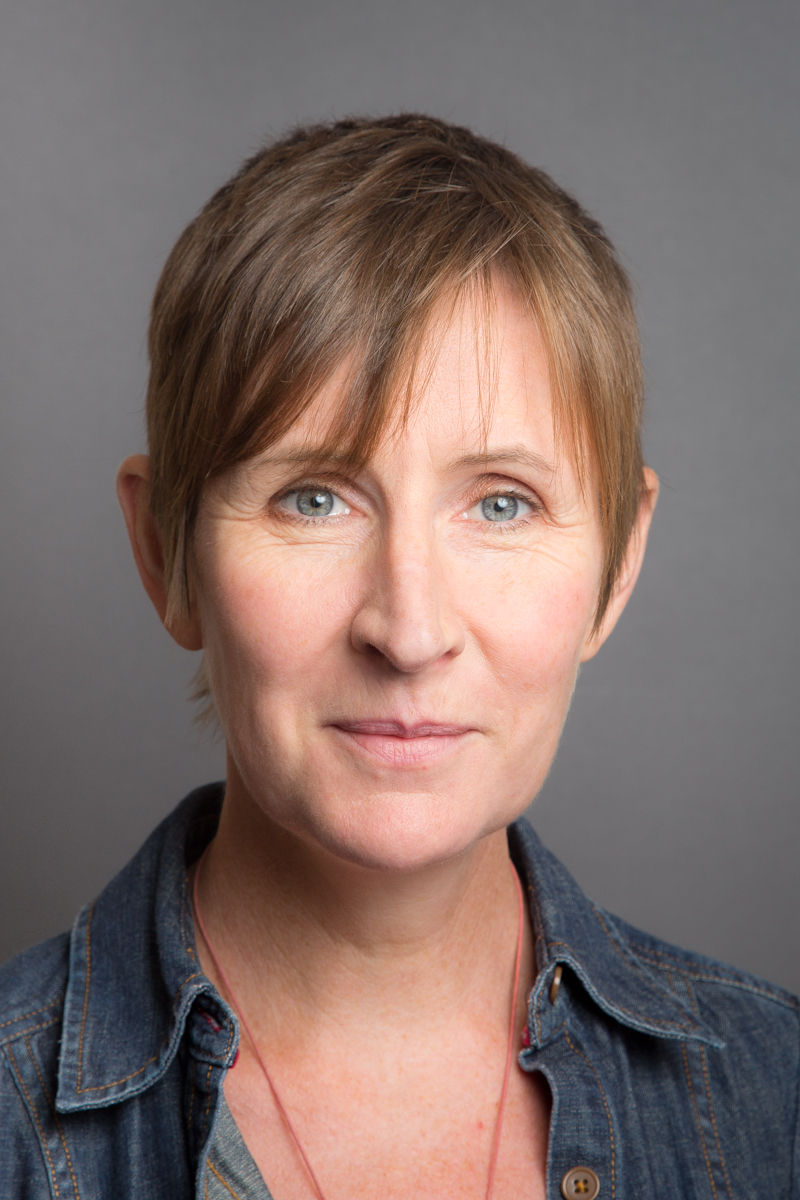Virtual reality exposure therapy for reducing avoidance-based anxiety in autistic children and children with learning disabilities
What are we trying to do?
In a project running from September 2024 to March 2026, we are evaluating the use of virtual reality exposure therapy as a way to help autistic children and children with learning disabilities to manage their anxiety. Previously, this type of therapy has been used successfully by the developers (XR Therapeutics) using virtual reality deployed through a large flat screen with eight autistic children.
The evaluation aims to identify areas that would improve the experience of this type of therapy for autistic children, children with learning disabilities and their families. It also aims to document what professionals think and feel about using this type of therapy.
Why is this important?
Despite the availability of psychological interventions for mental health difficulties, only a minority of children appear to access support and treatment for anxiety. The usual ways of treating anxiety, such as cognitive behavioural therapy (CBT) involve waiting lists, are time-consuming and don’t always work for autistic children and children with learning disabilities. Finding more effective alternative treatments might allow quicker access and provide better outcomes for this patient group.
The use of virtual reality exposure therapy using a large flat screen is expected to:
- reduce waiting times (virtual reality exposure therapy is possible within 2-4 visits instead of 10-16 weeks for talking therapies)
- enable Child and Adolescent Mental Health Services (CAMHS) workers in Bolton to develop a new skillset
- reduce the pressure on CAMHS.
How are we doing it?
Following a Rapid Evidence Synthesis (a method that brings together all the available data that we already have about mental health treatments for children with anxiety), we are going to pilot virtual reality exposure therapy using a large flat screen in CAMHS services in Bolton.
During treatment, digital scenes are created and children view them on a large flat screen. With support, the children work their way through specific everyday situations that create anxiety for them. Examples are suddenly meeting a barking dog, walking along a busy high street or joining a group of children at school.
Anxiety management techniques are used by psychologists to support children with managing their anxiety levels while watching these digital scenes. The techniques that the children learn can then be transferred for use in real-life situations.
At the end of treatment, children will be asked what they thought about this type of therapy. Their parents will also be asked to contribute their thoughts to the discussion. Professionals involved in delivering the therapy will also be asked about their experiences.
We aim to recruit twenty parents and children and five professionals. We will use a range of techniques to make sure children are able to share their thoughts about this type of virtual reality exposure therapy. Parents will be asked what they thought and if this type of therapy helped with reducing anxiety in particular situations for their child.
Recommendations from autistic children, children with learning disabilities, parents and professionals could mean virtual reality exposure therapy using a flat screen (XR Therapy) is rolled out more widely in CAMHS services around the country.
Who are we working with?
More information

Programme Manager
Gill Rizzello
gill.rizzello@manchester.ac.uk